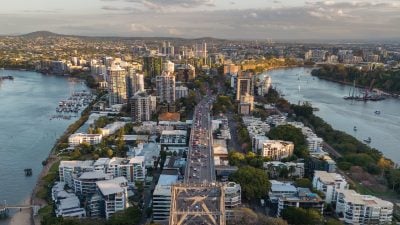Home / Asia / China & Tibet / Shanghai – A Vibrant …
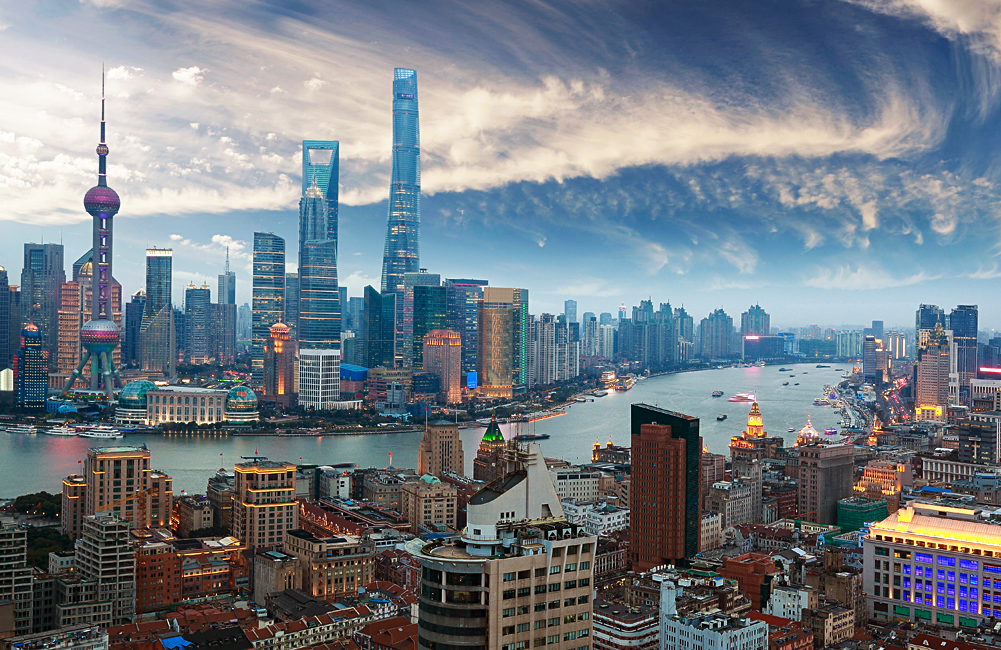
Shanghai – A Vibrant “Time Machine” on Your China Vacation
As you’ll discover on your China vacation, the city of Shanghai rivals not only Hong Kong for progress and development, but many other major world-class destinations, yet still retains its old-world charm.
My first visit to Shanghai was in the 1980s, and I have to confess, I really didn’t take to it at the time. I compared it to Beijing, a city with much culture, charm, and grace, and found Shanghai lacking in all three. Since then, it has come into its own. My last recent visits have certainly changed my mind. I have to say that Shanghai is now my favourite city in China (let me add that there are many others that I also thoroughly enjoy). So what is it about Shanghai that makes it, in my opinion, one of the world’s great cities? Hopefully, this article will explain.
On a China vacation, Shanghai is a place where you can catch a glimpse of ancient China in some of its neighbourhoods, where you can see the China of the early part of the 20th century when it was influenced by the British and French who left their mark on it, and experience today’s contemporary Shanghai with its gleaming high-rise towers, modern highways, and trendy bars and restaurants. I am not aware of another city that has developed so fast over such a short number of years. It has been described as the “showpiece” for the booming economy of China.
This is a metropolis of around 25 million people, which I would like to divide into 2 parts for the purposes of recommending places to visit – the original Shanghai (essentially downtown Shanghai) and the new Shanghai which didn’t exist 40 years ago. These are separated by the Huangpu River and each can be seen from the other.
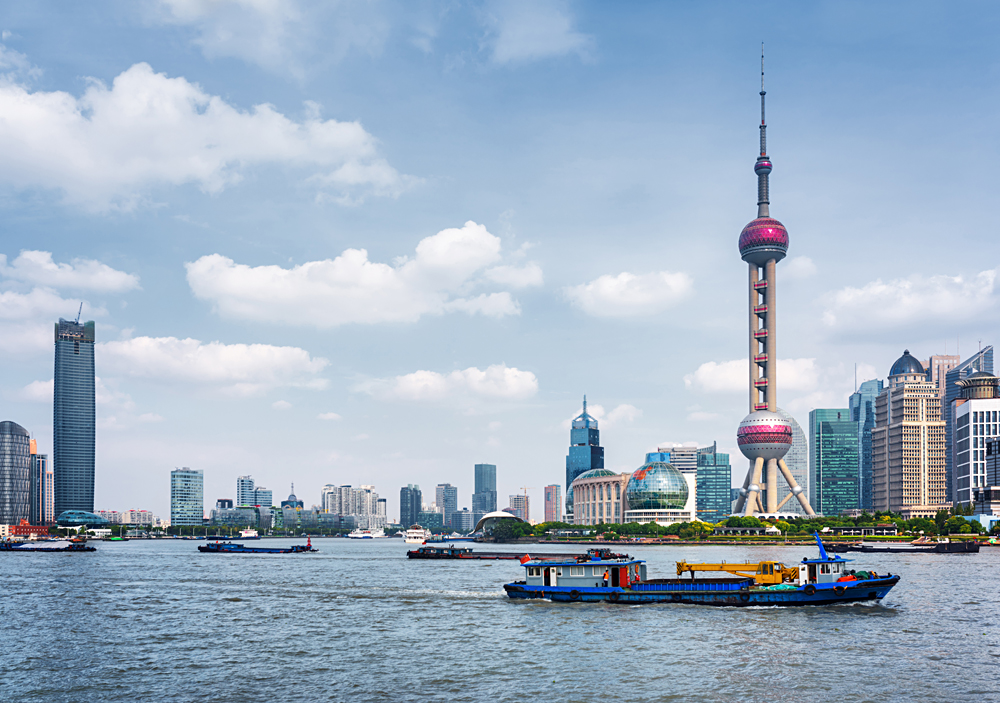
THE ORIGINAL SHANGHAI
The Bund
The heart and soul of Shanghai is The Bund (a German word meaning “promenade”), located on the waterfront of the Huangpu River. It is here that when you look at the buildings (the originals were mainly built in the 1920s and 30s), you could convince yourself you were in Europe, due to the colonial-era architectural styles that dominate. You can walk along the river‘s edge and take all this in while looking across the river at the futuristic skyline of modern Shanghai (more later on this). Two colonial-era buildings to note are the Custom’s House, with its highly visible clock tower, and the HSBC Bank Building, the “Grand Old Lady of The Bund.”
I must mention the Peace Hotel at this juncture. This Art Deco style hotel, when I looked over it during my first visit to Shanghai, was a historic landmark on The Bund. However, it was at that time very run down, even though you could see how charming it once was when it was first built in 1929. It was then the home of international celebrities whenever they came to town. However, it was shut down for 3 years in 2007 for a complete overhaul and was restored to more than its former glory, reopening in 2010. You don’t have to stay here but do go inside and at least admire the Art Deco lobby. I have stayed, eaten, and drunk there and can’t say enough about it. My recommendation is to go to the rooftop terrace bar after dark and be absolutely amazed by the view of the colourful night skyline of the city and the river. After that, head to the basement bar and listen to the Old Jazz Band, an iconic group of veteran musicians who have been playing down there since the 1940s. Their average age looks to be around 80 (maybe I’m mistaken but they are certainly not young).
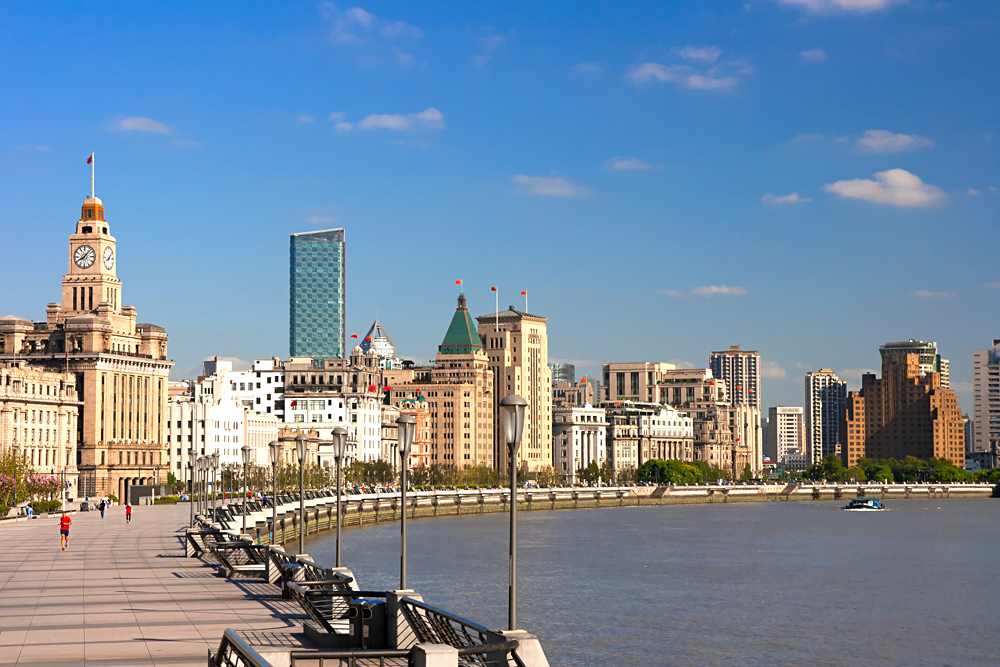
The French Concession
The French Concession is the area of Shanghai once designated for the French during the European colonial occupation. It has a charm of its own and this tree-lined neighbourhood is perfect for a simple, enjoyable stroll. You will discover a number of Tudor-style mansions which will remind you of Paris. It is also a popular shopping and dining area for overseas visitors, plus a good place to find small designer clothes shops. One shop I recommend checking out is called Madame Mao’s Dowry. Love the name! To quote the shop, “We are known for unique retro images and modern paraphernalia of China with an artistic twist.” If you have time, you might come across Sun Yat-sen’s former residence (he was the founder of modern China – after the emperors and before Communism took over). It is now a museum telling the story of the man. Another building here is Zhou Enlai’s former residence, again now a museum depicting the story of the Communist revolution. Fuxing Park is a popular European-style park with gardens and restaurants. Here you can find dancers, singers, mahjong players, and tai chi participants.
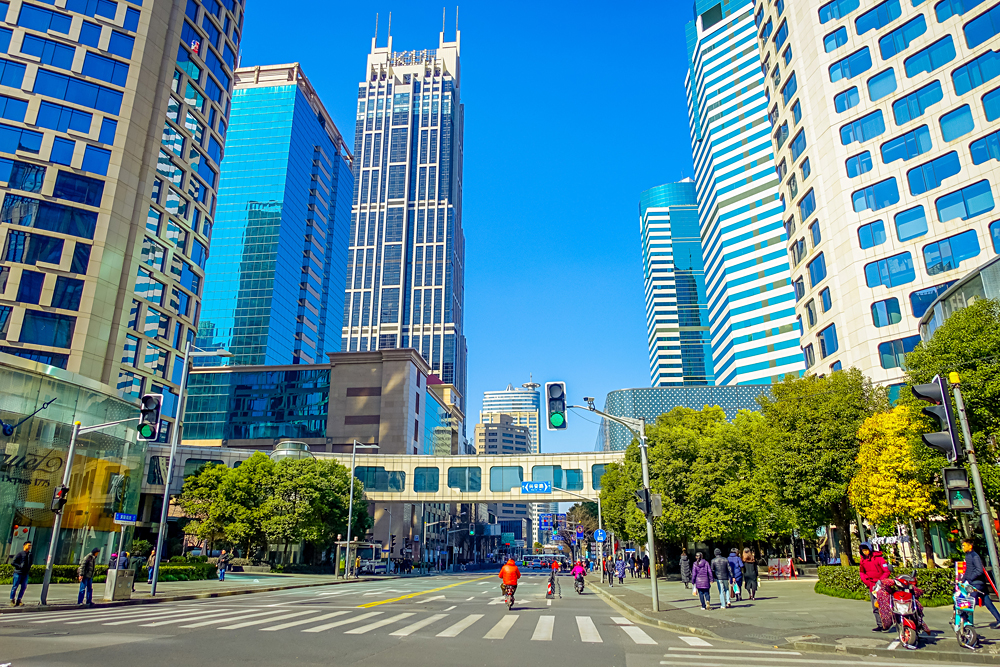
Nanjing Road
Just off The Bund is Shanghai’s main shopping street, Nanjing Road. It is 5.5 kilometres/3.5 miles long and attracts thousands of shoppers daily. It was here that I came to fully appreciate that Shanghai had a population of 25 million! There are department stores, small boutiques, antique stores, cafes, and restaurants – all jammed together cheek by jowl, where no doubt you’ll find something special while on your China vacation.
Yu Yuan Gardens
The first time I visited the Yu Yuan ornamental gardens, I was told to stick close to my guide as they were so extensive and something of a maze to get around, and that foreign visitors often get lost. In fact, the guide himself said that even he had once got lost (maybe an apocryphal story). These centrally situated gardens, dating back to the 1500s, are a peaceful oasis in the middle of the city. They consist of ornamental pools full of fish, ornate pavilions, rockeries, courtyards, and at the right times of the year, fragrant blossoms. The Mid-Lake Pavilion Teahouse here is one of the most famous teahouses in China. There are six main areas, each one featuring several scenic spots within its borders. Just outside the gardens is a market good for browsing for touristy souvenirs. Look also for the Taoist Temple of the Town God, situated in a nearby street which is also full of curio shops and teahouses.
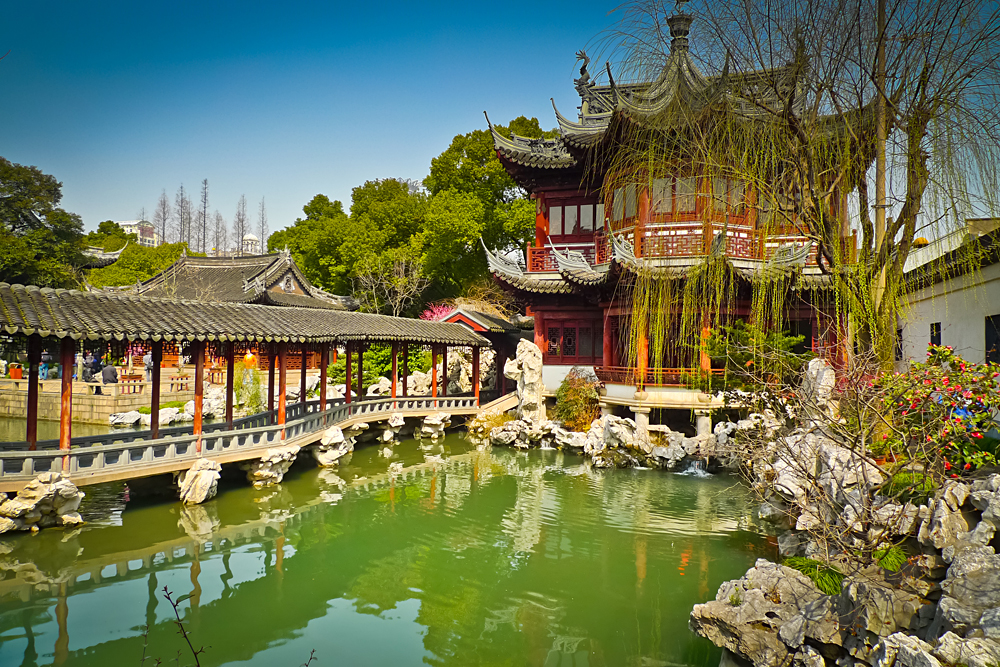
Jade Buddha Temple
The Jade Buddha Temple has much significance and is worth a visit on a China vacation. It is the home of 2 large jade statues of Buddha which were brought to China from Myanmar, hence the name of the temple. Both the Sitting Buddha and the Recumbent Buddha are carved from sparkling and crystal-clear white jade. There are also some rare porcelain artworks.
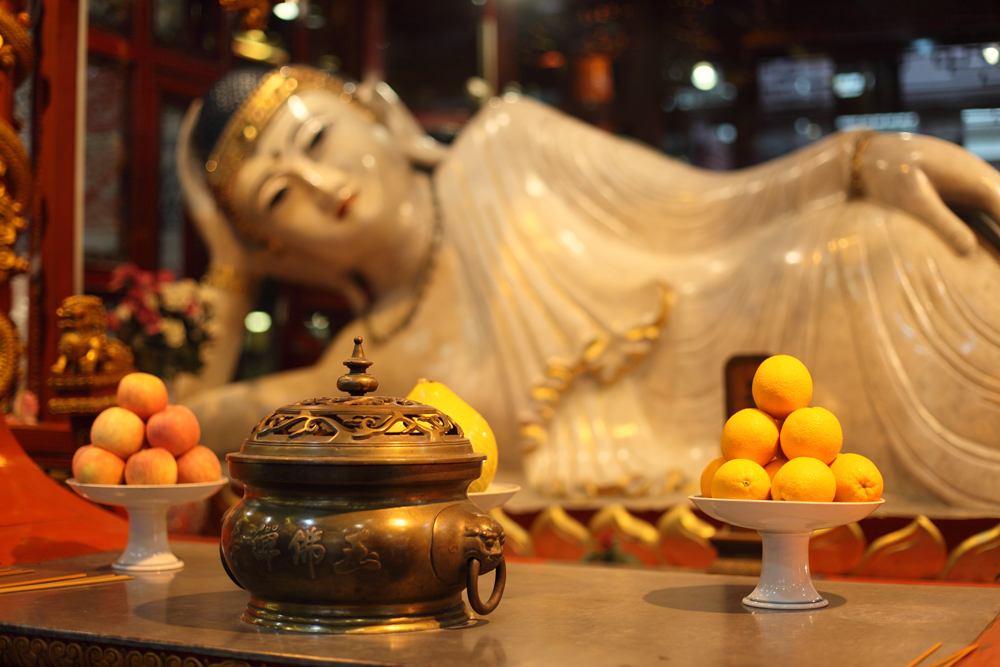
Xin Tian Di District
Xin Tian Di is a central district where old China can be viewed, dating back to the 1870s. Now it has become a fashionable neighbourhood with its interestingly designed houses of old Shanghai. It is also home to art galleries, bars, cafes, restaurants, and boutique shops. It has retained the walls, tiles, and exteriors of what is known as the Shikumen housing of old Shanghai. Shikumen literally translated means “stone warehouse gate.” It is Shanghai’s equivalent of the Hutongs and courtyards found in Beijing. Strolling through this neighbourhood gives you an idea of both Shanghai of the past, as well as today’s developments into the 21st Century.
People’s Park
People’s Park, or People’s Square, is home to the Museum of Contemporary Art, which has exhibits of both Chinese and foreign modern works. There is also a large pond with a café and bar. One interesting part of the park is “English Corner,” where on Sundays, students and others meet to practice their English with each other and with any foreign visitors who may be around. You might enjoy having a conversation with a local. Another unusual part of the park is devoted to the “Marriage Market,” where marriage advertisement listings are posted on the weekends, usually by parents of single children who they want to marry off.
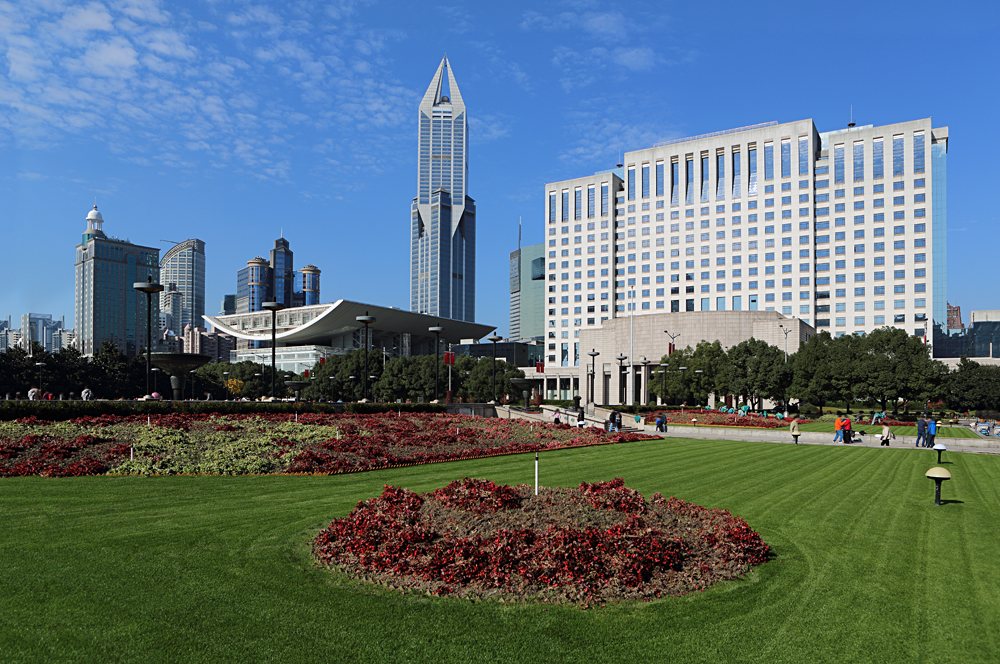
THE NEW SHANGHAI
Crossing over the Huangpu River from the centre of Shanghai brings you to Pudong. This area doesn’t only represent the 21st Century but the future. Seeing is believing on your China vacation! This contemporary district of the city is almost breathtaking with its modern structures. It is hard for me to believe that when I first looked across the river in the 1980s, all I could see was farmland. In the early 1990s, it was decided to develop this area as a financial and commercial zone. It is now home to some extremely tall skyscrapers, including the Shanghai World Financial Centre, the Shanghai Tower (the second tallest building in the world after the Burj Khalifa in Dubai), and the Jin Mao Tower, of which the Grand Hyatt Shanghai Hotel is part of the structure. Then there is the Oriental Pearl Radio and TV Tower which stands out due to its unusual design. It has 15 observation levels, the highest being known as the “Space Module.” From here you get amazing views of Shanghai on both sides of the river.
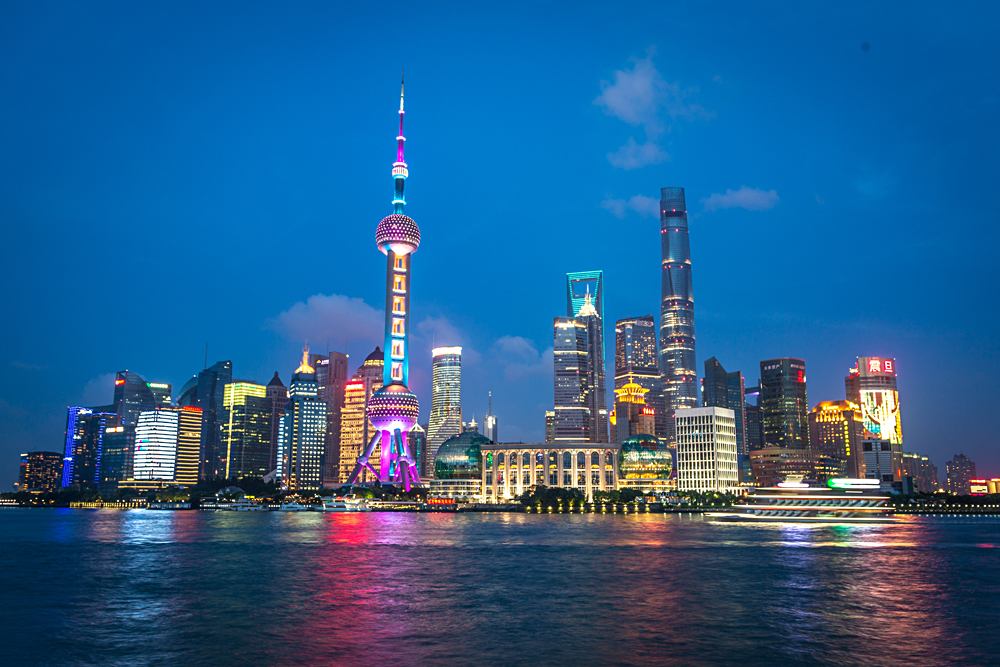
Wait! There is much more to enjoy in Shanghai.
Cruise the River
I have mentioned the river several times so why not make use of it and take a cruise, on your Shanghai tour, in order to obtain a different perspective of the city. You can join one at The Bund and choose from a one, two, or three-hour excursion. The longest cruise travels a distance of 60 kilometres/37 miles and this includes reaching the confluence of the Huangpu and Yangtze rivers. A special treat would be a shorter cruise after dark. The illuminations are fantastic.
Cultural Shanghai
Once visited on a China vacation, I don’t think anyone would disagree with me that the Shanghai Museum is one of the best museums in the world for Chinese historical artifacts. It is a journey through the history of China rather than just a collection of items. Its large collection includes Chinese art, ancient bronzes and ceramics, paintings, calligraphy, sculptures, coins, furniture, Chinese seals, and jade ware, all well presented and laid out.
The M50, or 50 Moganshan Road, is a contemporary art district in Shanghai, home to a community of more than a hundred artists whose studios are open to the public. It was originally an industrial site which became disused and was converted into artists’ studios.
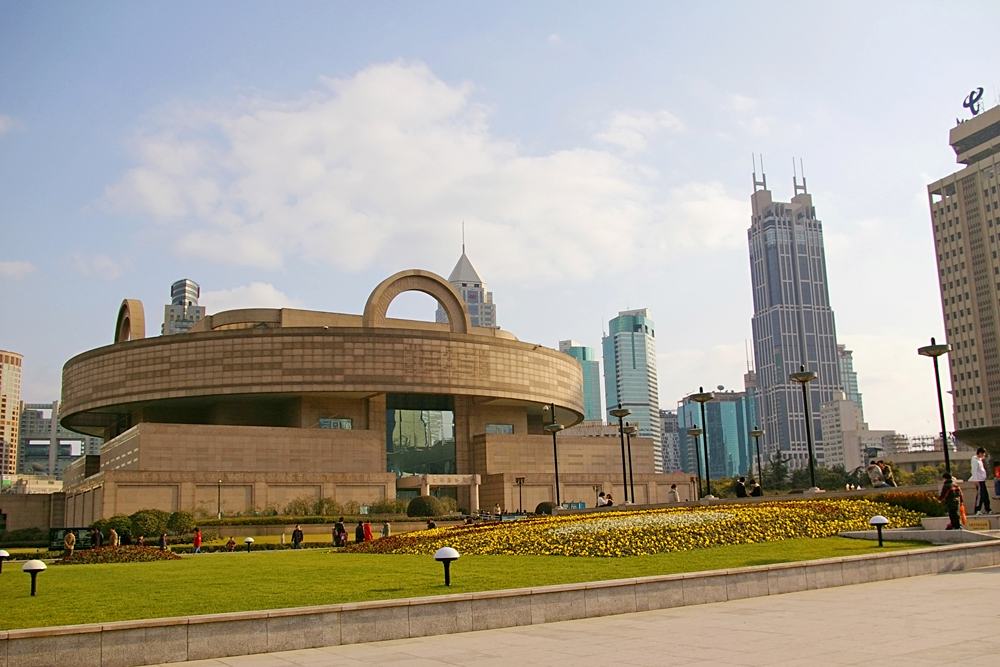
The Shanghai Metro
Perhaps it’s something you might not consider, but using the Shanghai Metro system of transportation is no different from using the subway in New York or Toronto. All signs are in both English and Mandarin so, as long as you know where you are going, it is a convenient method for getting around the city on your China vacation. Announcements on the train are in English and Mandarin too.
The Amazing Maglev Train
I first encountered the Maglev train when someone insisted I depart for the airport using this high-speed form of transportation. I’m glad I did because it reaches a speed of around 270 miles/430 kilometres per hour! Maglev stands for “magnetic levitation.” The train, when in motion, hovers above a concrete track. My initial venture on this locomotive was in the days before other high-speed trains now transport passengers between major Chinese cities. I recall looking down from the train when at full speed and seeing cars on a highway below looking as though they were moving at the speed of an ant. And I couldn’t even get a sense of the speed as the ride was so smooth. Oh, and you get to the airport in no time at all.
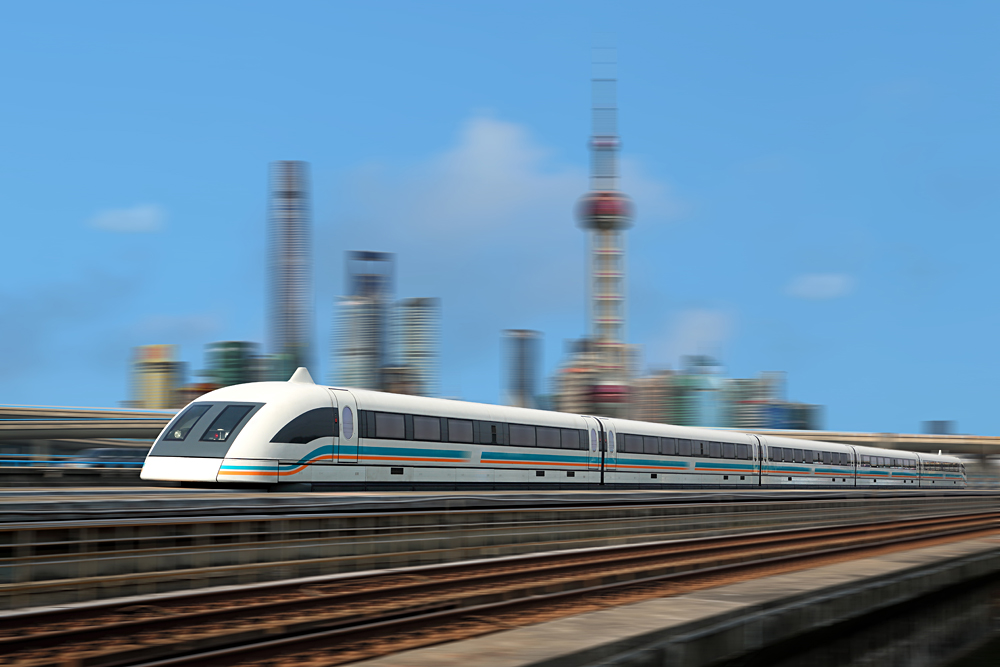
So, that’s my Shanghai “time machine.” I hope this article will whet your appetite to experience this city on a China vacation. It will show you where China came from and where it is going next.
Get more travel inspiration by email.
Subscribe
0 Comments

Get the latest travel trends & hear about the best deals on vacations around the world.
If you’re a Globetrotter, these are the newsletters for you!

